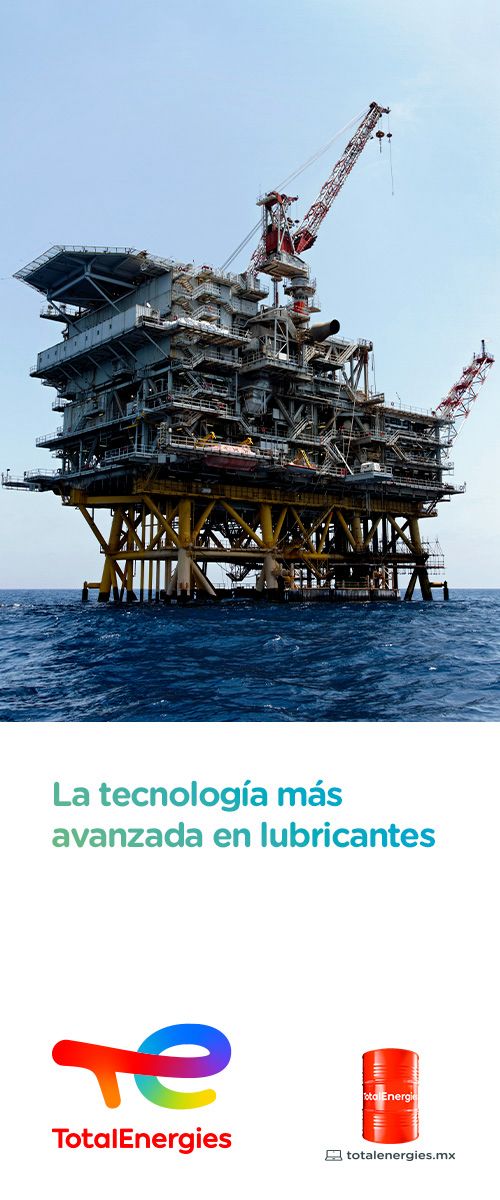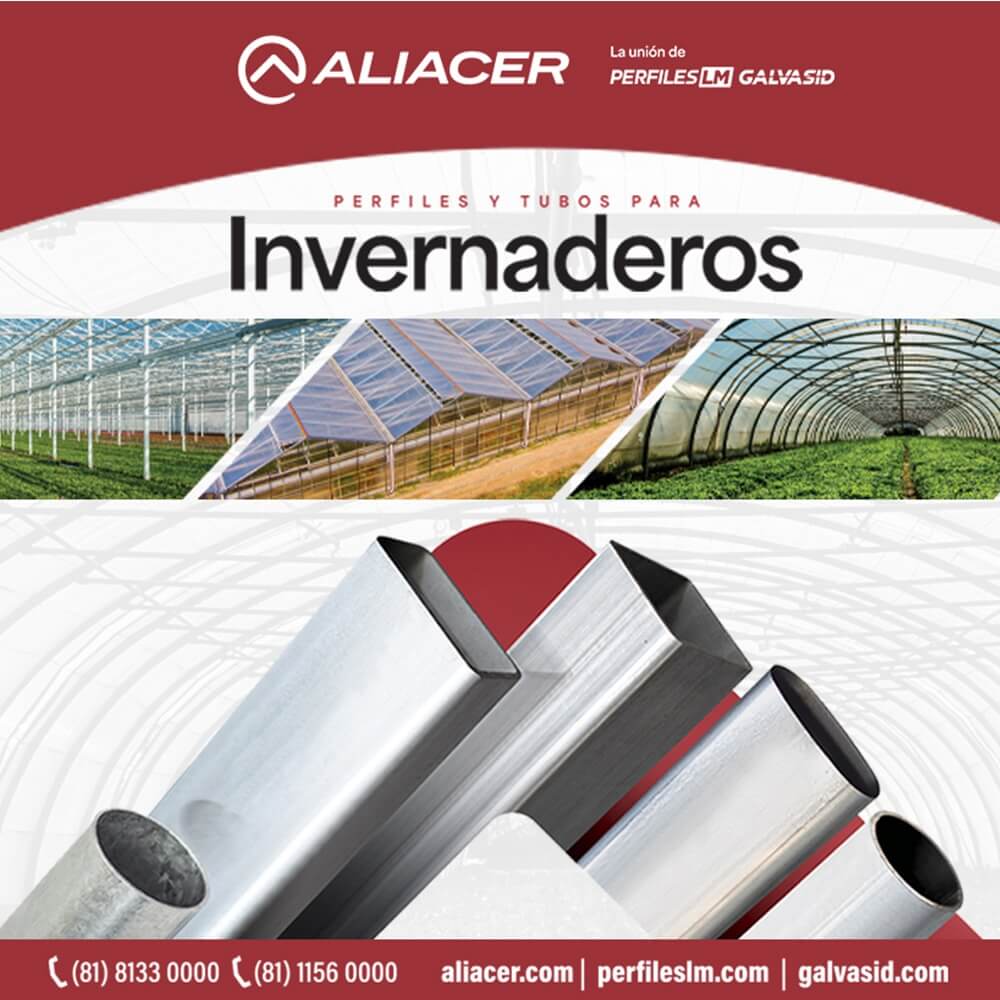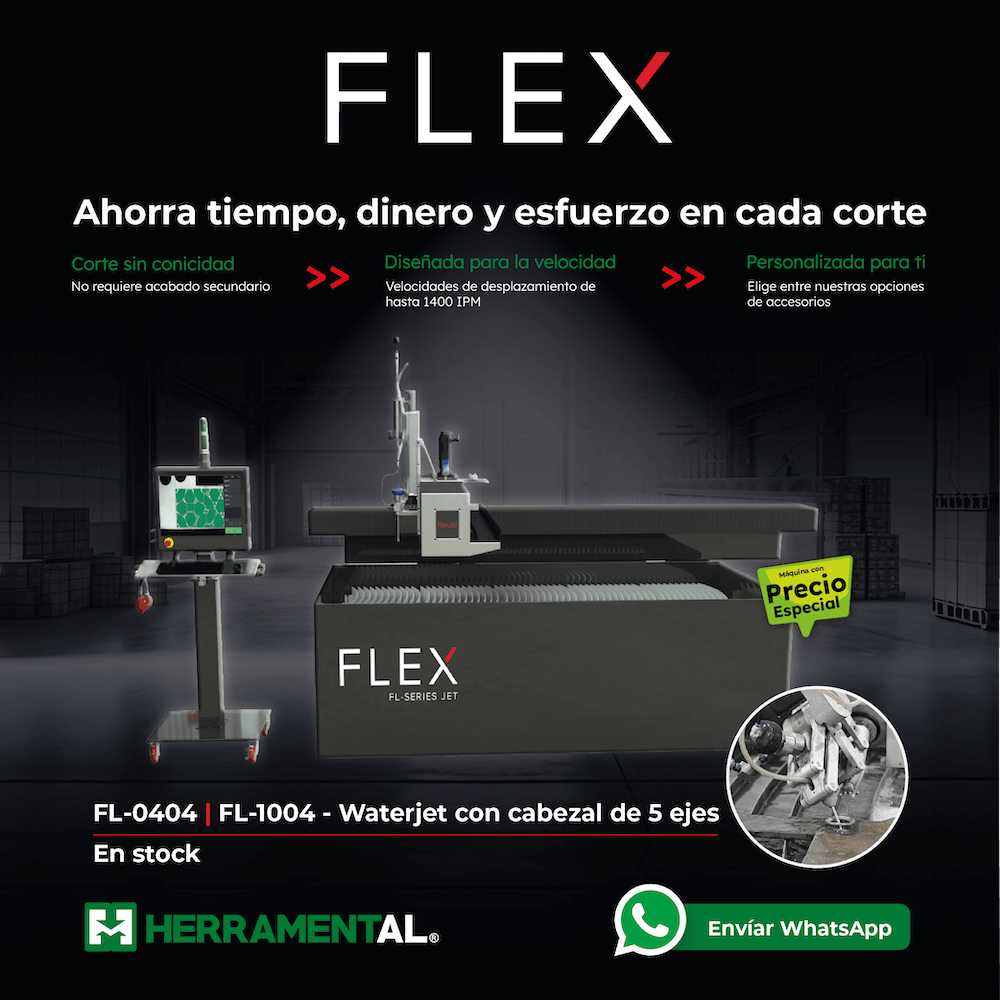According to a study on the “Environmental Impacts of Electricity Production,” the environmental impact that comes from generating electricity through conventional energy is 31 times higher than that of renewable energy. This is why for some time now solar panels and renewable energy have stood out as alternative energy sources that respect the environment, attracting clients from the industrial, commercial, residential, government and rural sectors.
The aforementioned photovoltaic (PV) solar energy can transform sunlight into electricity through photovoltaic cells or solar panels. The electricity produced can be used immediately or be stored in batteries to be used at night. It is even possible to inject the excess electricity into the general power supply, obtaining a source for extended supply needs.
“The equipment that we manufacture can be used across a wide variety of applications, ranging from small stand-alone systems in sites far away from civilization all the way to electricity for large electricity-generating businesses, which use our equipment to meet their own supply needs and decrease their electricity consumption,” said Rodrigo Hernandez, Commercial Manager of Solartec, an Irapuato-based business that, on a monthly basis, produces and distributes 200 KW of photovoltaic solar panels, solar street lamps, and LED to market different solar panels, such as monocrystalline, polycrystalline, amorphous silicon, and BIPV.
“Solar panels offer great advantages, such as simplicity of implementation, low maintenance costs, long service life, and the generation of 100% quiet and renewable energy,” commented Hernandez, who stressed that great benefits are gained by each KW generated by solar energy. For example, each 1,000 KW of solar energy generated prevents the emission of 800 kilograms of greenhouse gases, the felling of 4 trees, the release of 596 kilograms of CO2, and the consumption of 246 liters of oil.
The executive stressed that other components, such as boron and phosphorus, need to be added to solar cell production for its proper operation. There are also cells made of other semiconductor materials, such as cadmium, gallium, tellurium, and organic and organometallic materials.
“Thanks to the simplicity of PV cells, one can design systems and custom installations depending on the client’s energy consumption, geographic location, energy rate, and space, in order to enhance the generator’s efficiency and generate the amount of energy that the client requires,” Hernandez said.
In addition to manufacturers, solar panel integrators and distributors have also viewed the scope of this technology in Mexico and, for several years now, have focused on promoting solar panels within the industrial sector.
Such is the case of Soleco, a company dedicated to integrating various systems that generate photovoltaic, thermal, and other types of solar power meant to heat water and air. Soleco is committed as well to seeking quality and price certifications for their own facilities and to benefit customers.
“We distribute panels and offer comprehensive service in solar cell analysis, design, consultancy, supply, installation, monitoring, and maintenance. We collaborate with the industry to save power by first advising companies about the best type and amount of equipment needed to operate their plans and then installing it,” said Rogelio Leal, Soleco’s CEO. He also noted that one of the main advantages that industries or maquiladoras gain when they install solar cells on the roofs of their plants is a savings of 5-40% in their consumption of conventional power.
“A 10,000-square-meter plant that has a 500-KVA substation could receive a 480KW system that would supply about 4,500 square meters and decrease almost 50% of its conventional power consumption,” explained Leal. The Director of Soleco has worked on applying solar panels for global companies such as Loreal, Grupo Rivero, SYSCE, Tecate Six, Metro Alianza, and Schneider of Mexico.
Leal emphasized that nowadays solar panels are being used in many Mexican industrial parks, and their use is expected to increase. They can be found not only on the roofs of industrial plants but also on those of parking lots, green areas, and guard houses, where they transform solar energy into electrical power. The solar energy captured through panels passes through a charge controller to a battery which stores the energy and, through the use of a reverse current system, the alternate energy is transformed and sent to the internal control in order to operate machinery and production lines.
DESMEX is another company that specializes in offering comprehensive renewable energy solutions, such as photovoltaics, wind energy, solar term, solar lighting, and LED, as well a great variety of up-to-the-minute solar technology accessories.
“Nowadays the panels sold by our company in Mexico are manufactured in Germany. And, with them, we offer the best service to our clients, as well as always providing them the greatest willingness, efficiency, and quality that they need,” said Andre Von Frantzius, Photovoltaic Project Developer for the business, which has installed nearly 3.2 MW in solar panels nationwide.
Notably, Desmex is currently working on the Puerto Interior (Inner Harbor) project in León, Guanajuato, in which they will install about six acres of solar panels. The aforementioned park is expected to be finished in 2011 and will likely be a launching pad for other industrial parks like it.
Automated Equipment for Solar Panel Production
Because it is estimated that the worldwide solar module industry is growing at a rate of approximately 150% annually, solar panel production is of great interest today.
And, with the aim of providing Mexico a business opportunity, the Reis Robotic Company – which specializes in producing automation equipment worldwide – has decided to offer this country the opportunity to manufacture these up-and-coming systems.
“We produce all of the automated operation equipment that is vital for producing solar panels. We offer everything needed to join in this business opportunity, except the raw material itself,” explained Heinz Dieter Hauger, CEO of Reis Robotics Mexico, the company that manufactured for a plant in Singapore the largest equipment for producing automated solar panels. In total, the buyers invested 30 million dollars in the purchase.
Heinz stressed that, despite the fact that the boom in photovoltaic energy is concentrated in Europe and the United States – both places where Reis Robotics has installed automated equipment for solar panel production – it is expected that companies in Mexico, too, will have an increased interest in entering the market and producing this type of equipment.
“We foresee that, by 2020, Mexico will have an energy savings of 50%, since more and more companies are opting for photovoltaic cells,” Heinz commented.
One company in particular stands out both for its many locations in different states of Mexico and also for the revolutions it has made in the field of solar energy: Walmart. Nowadays several of its branches rely on photovoltaic cells to supply their own energy.
How to be a green company
First, one should know the customer consumption patterns in kWh and dollars. Then one can start taking other steps to help others go green: detecting energy-saving units for the client, identifying and placing solar collectors, identifying participants and financing options, negotiating the contract and design, receiving permission to install the equipment, and monitoring and maintaining solar panels.
Soleco’s Rogelio Leal added that, for those companies interested in working in the field of solar panel support, there exist organizations that provide funding for equipment installation. These businesses include ING, Water Capital, and FIDE, all of which design plans to finance solar equipment.
“We can contact these companies so that they can help finance the equipment that a company purchases through us,” underscored Leal.














































































































































































